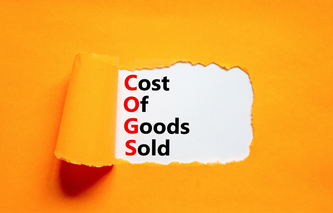Definition
The financial accounting term inventory is used to describe the balance sheet line item that includes the value of raw materials, work in process, finished goods ready for sale, and returned goods that can be resold.
Calculation
The most common calculation of inventory is as follows:
Ending Inventory = Starting Inventory + Additions - Sales
Explanation
Inventory is one of the most important assets of a company. For manufacturers, inventory is sometimes the single largest current asset appearing on the balance sheet. It's considered a current asset since it can be sold and turned into cash in less than twelve months or one operating cycle, whichever is longer.
Valuing inventory is difficult since some of the items may still be a work in process. Typically, this may be left to management's discretion but conservative (low) estimates are favored by analysts and investors.
When items held in inventory become obsolete, or otherwise not sellable, a potential loss can occur. Inventory also ties up cash, an important resource to any company. This is why inventory management is a closely watched metric for many companies.







